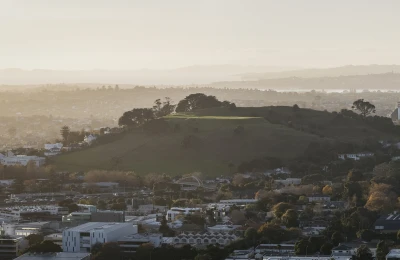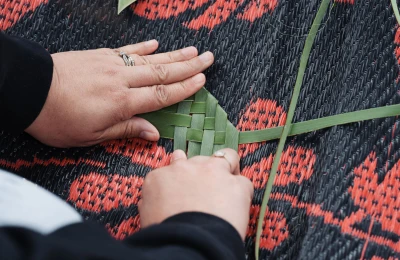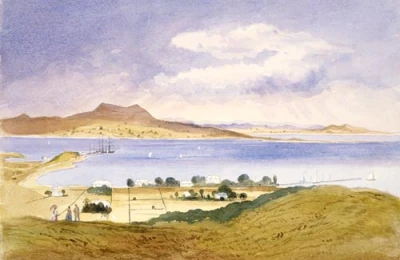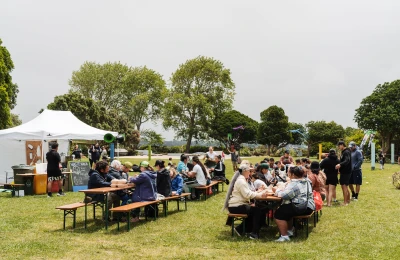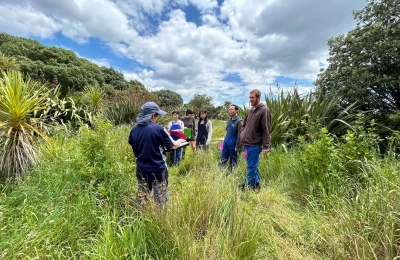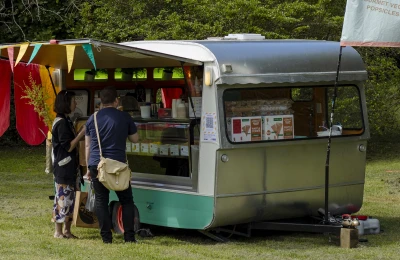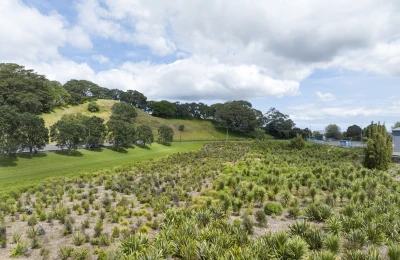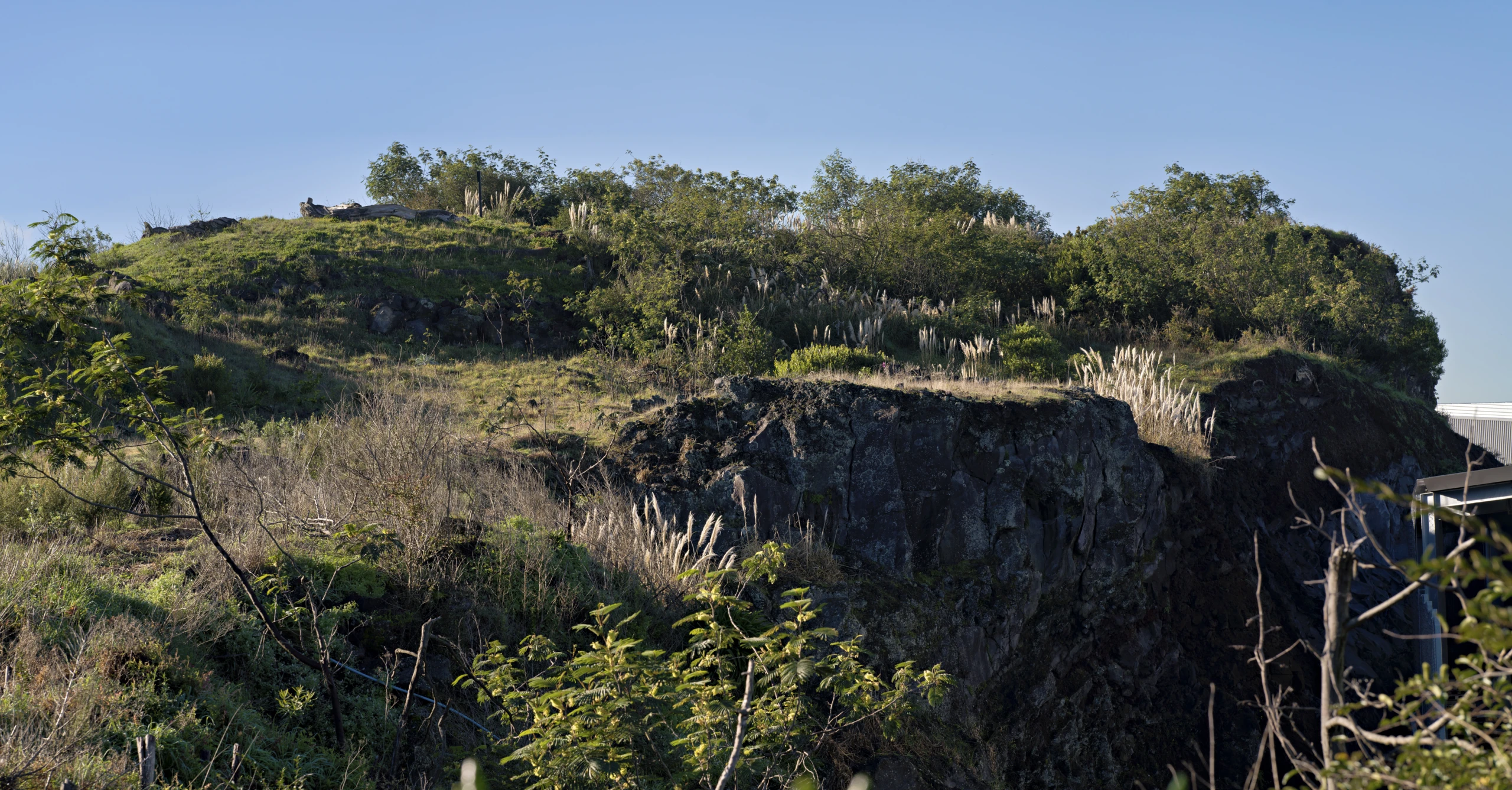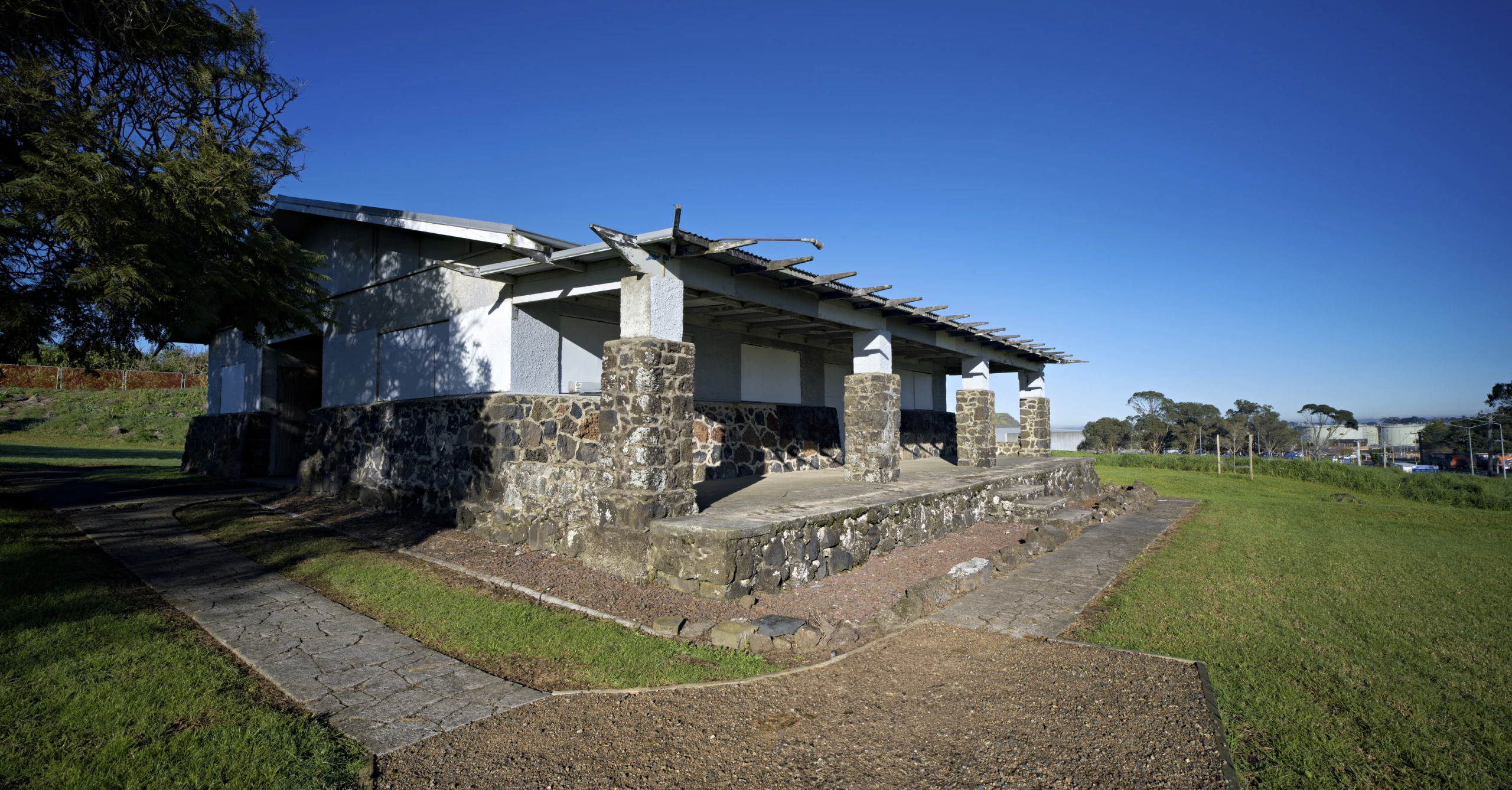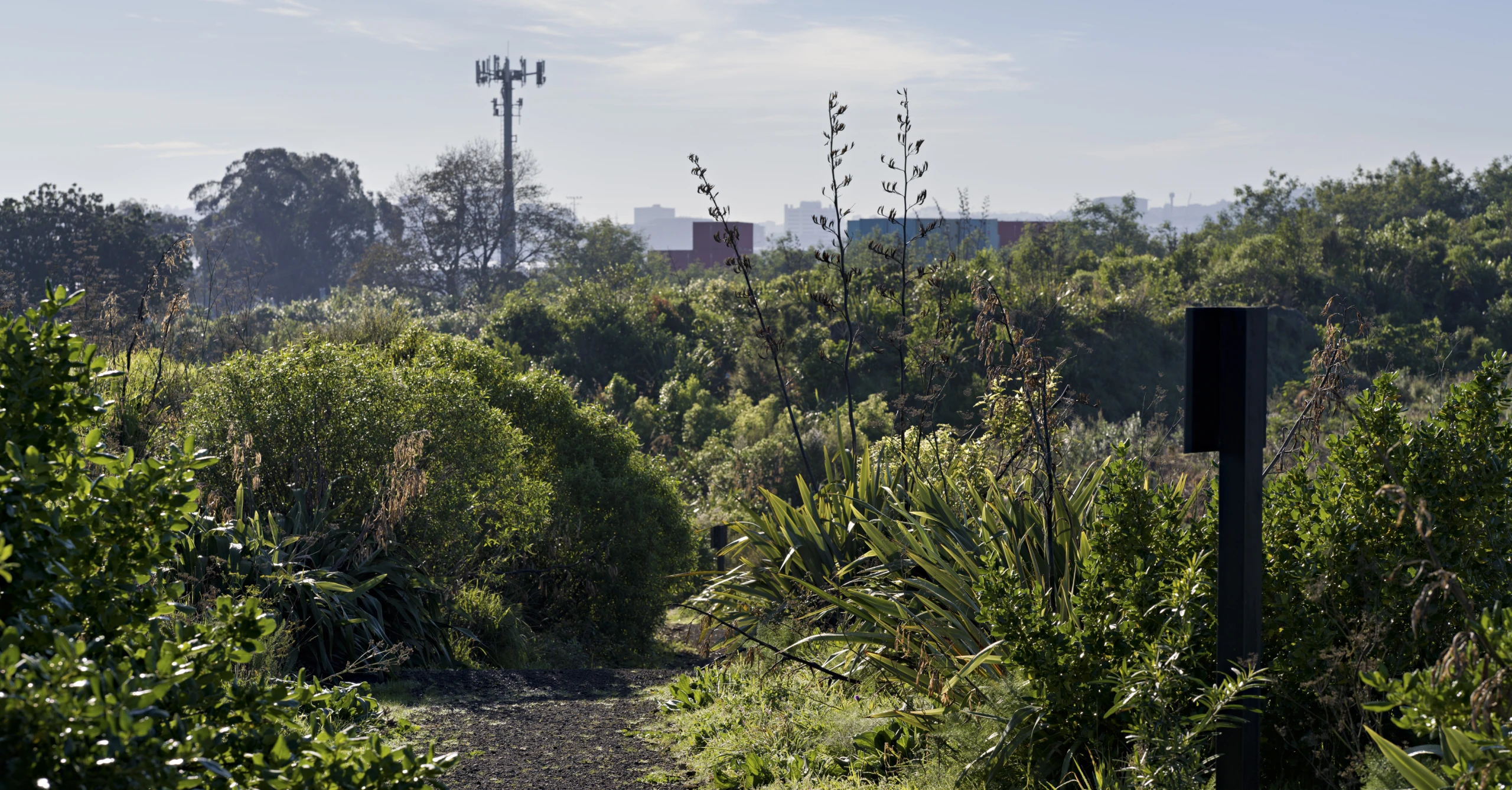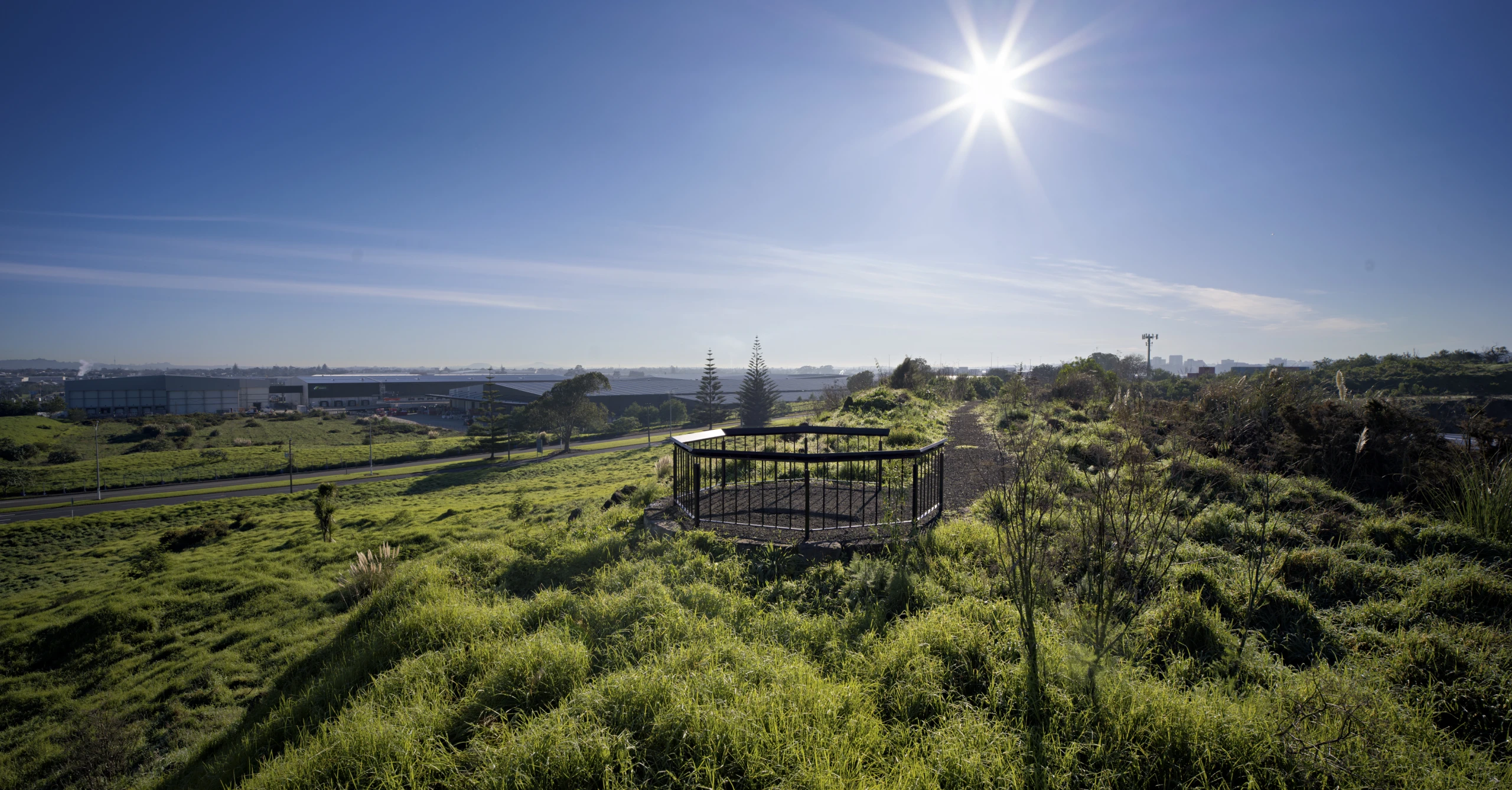PĀ
While it's difficult to imagine today, Matukutūruru / Wiri Mountain was a vast, sprawling maunga that covered around 18 hectares and stood about 90 meters high at the summit. It was also an impressive and elaborate Māori pā (village settlement), dating back to the thirteenth century AD.
Around the slopes of the Maunga the inhabitants made a series of short terraces either by cutting into the slopes or building out with scoria rock retaining walls. The terraces were used for living, food storage and gardening. On the lower slopes, free-standing earth-and-stone walls radiated out into the surrounding lava fields, creating divided spaces for the growing of crops. As with many Maunga, large scale gardens would likely have expanded into the fertile volcanic soils surrounding Matukutūruru.
Almost nothing of this great pā survives today, after quarrying has practically leveled it.
GEOLOGY
Matukutūruru was created through a series of volcanic eruptions, the last of which was an explosive fire-fountaining eruption that created a large scoria cone with a single crater on its summit.
Lava erupted through fissures around the cone’s lower flanks and flowed outwards in all directions, completely encircling the cone and extending 1 kilometre to the north and 1.5 kilometres to the south.
We know that this eruption occured around 32,000 years ago, as scientists have been able to accurately date the remains of a tree caught in the northern lava flow. Many of Auckland’s volcanoes erupted around that period.
A small portion of the lower northern slopes of the scoria cone is the only part of the Maunga that still exists.
WIRI LAVA CAVES
Preserved under the northern part of the Maunga is the Wiri Lava Cave, created by lava carving through the landscape, then cooling on the outer edges to leave behind a cavity. Positioned only 4 meters below the surface of Wiri Station Road, it is over 7 meters wide and 3 meters tall and runs for approximately 300 meters.
This lava cave is the best of its kind in New Zealand and is protected as a Scientific Reserve. The cave is not open to the public.
MAIN ENTRANCE GATE OPENING TIMES
The gate will be open and closed during normal operating hours.
Summer hours: 7 am – 8:30 pm
Winter hours: 7 am – 7 pm
VISITOR ACCESS
Pedestrian, cycle, and vehicle access will continue during construction.
LOCATION
340 Wiri Station Road, Wiri, Auckland.
